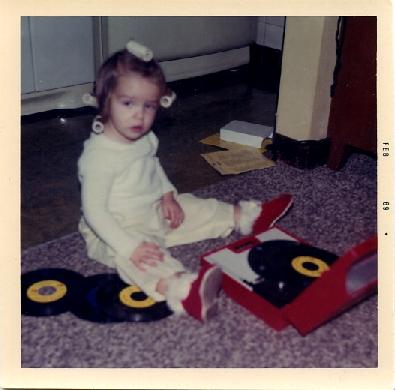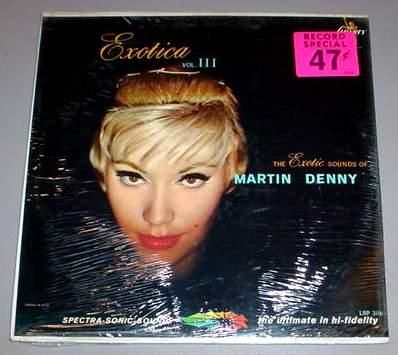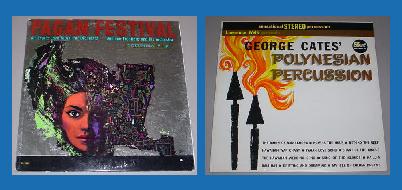C'est Si Bon (It's So Good) in Lewiston, Maine
One of the first things that impressed me when I moved to my adopted home of Lewiston, Maine more than twenty years ago was the amazing musical talent concentrated in this small city. In the mid-1980s when I first arrived there was a recording studio downtown that tapped into the local talent, and amateur night at the pubs always offered top quality entertainment. And in case you’re wondering where all this musical ability originated, I can lay that to rest quite easily – the French-Canadian community.
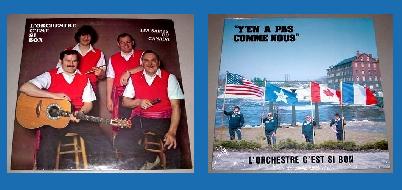
C'est Si Bon released three record albums during its 25-year history. The band brought its blend of French-Canadian music to an All-American City - Lewiston, Maine.
The railroad connections of the 1870s brought many French-Canadians here to work in the mills. In the daytime, their tools were for making shoes and textiles. But at night they were skilled at a different kind of instrument. The French-Canadians seemed to have a musical gift, and nearly every member of the family could sing and play. The distinctive French-Canadian style of music was written primarily for dancing and most commonly featured the fiddle, accordian, spoons, and Jews harp. It was brought to Quebec by early French settlers, and was subsequently intermixed with Celtic music of Anglo-Canada.
100 years after these French-Canadian families began arriving in Maine, their music was embraced by a new generation spearheaded by a group that called itself C'est Si Bon, also known as L’Orchestre C’est Si Bon. (In English, that means “It’s So Good.”) While it consisted of several different musicians over the years, the group’s founding member Raymond Chouinard was a permanent fixture until his death in 2006.
C’est Si Bon was the highlight of the annual Lewiston Franco-American Festival, and frequently performed throughout the region at weddings, festivals and dances. But this was not just a small town band – they were repeatedly invited to appear at the annual Quebec Winter Carnival in Canada. Chouinard was so enthusiastic about playing French music that he helped the cities of Augusta and Biddeford start their own festivals.
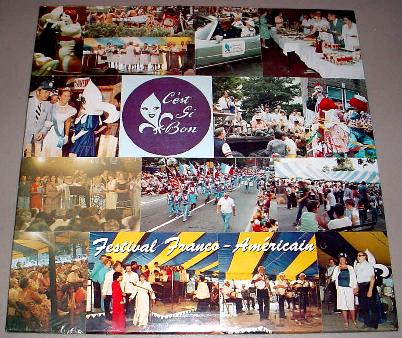
The band's first album cover featured a collection of photographs from Lewiston's Franco-American Festival, an annual tradition that C'est Si Bon founder Raymond Chouinard helped launch.
The band released three albums of traditional French-Canadian songs in the 1970s and 1980s. The albums included C'est Si Bon, Les Saints Du Canada, and Y'en a Pas Comme Nous.
Some of their most beloved songs were Chanson Du Festival, Les Roses Blanches, Pot Pourri and E-I-E-I-O. The music served several important purposes – to preserve the cultural heritage of the community, to spread the sheer fun and joy of the music, and to introduce a new generation to its musical roots.
Many Maine musicians with French-Canadian roots continue to perform, record, and make beautiful music in the rock, pop and folk venues. But since C’est Si Bon disbanded, no one has stepped forward to fill their shoes. Fortunately, their music lives on in their records and in the memories of those of us who were fortunate enough to see them in person.

